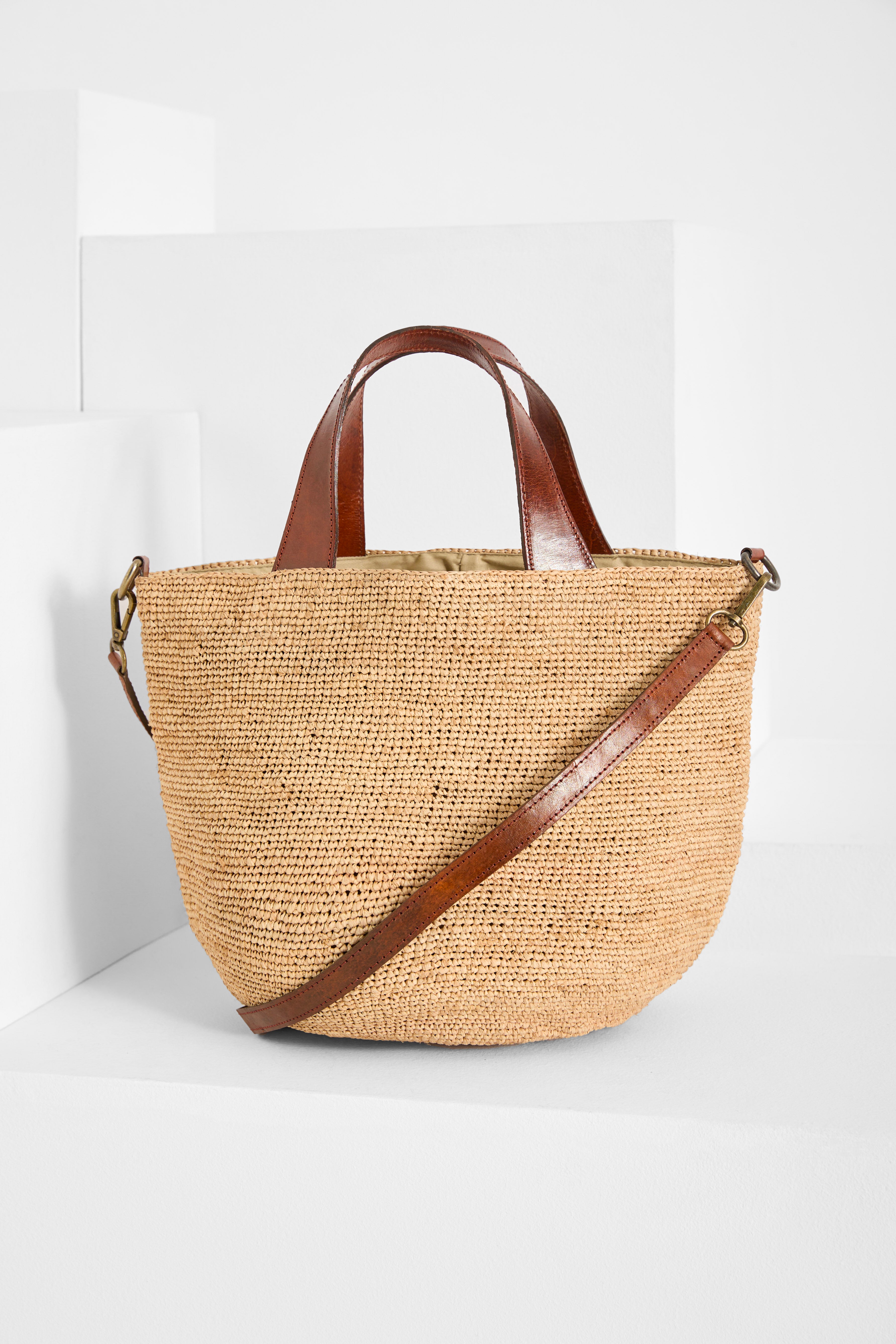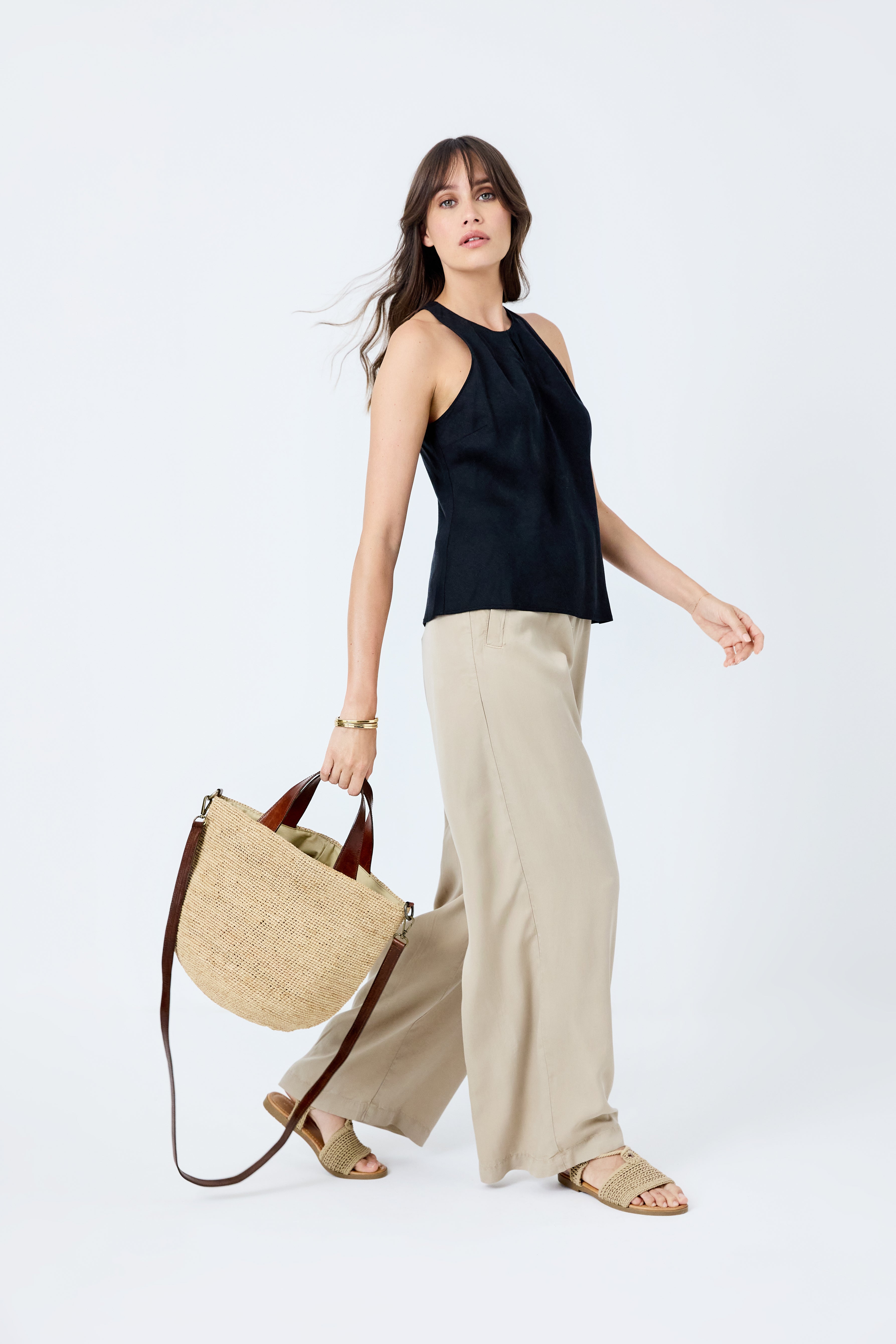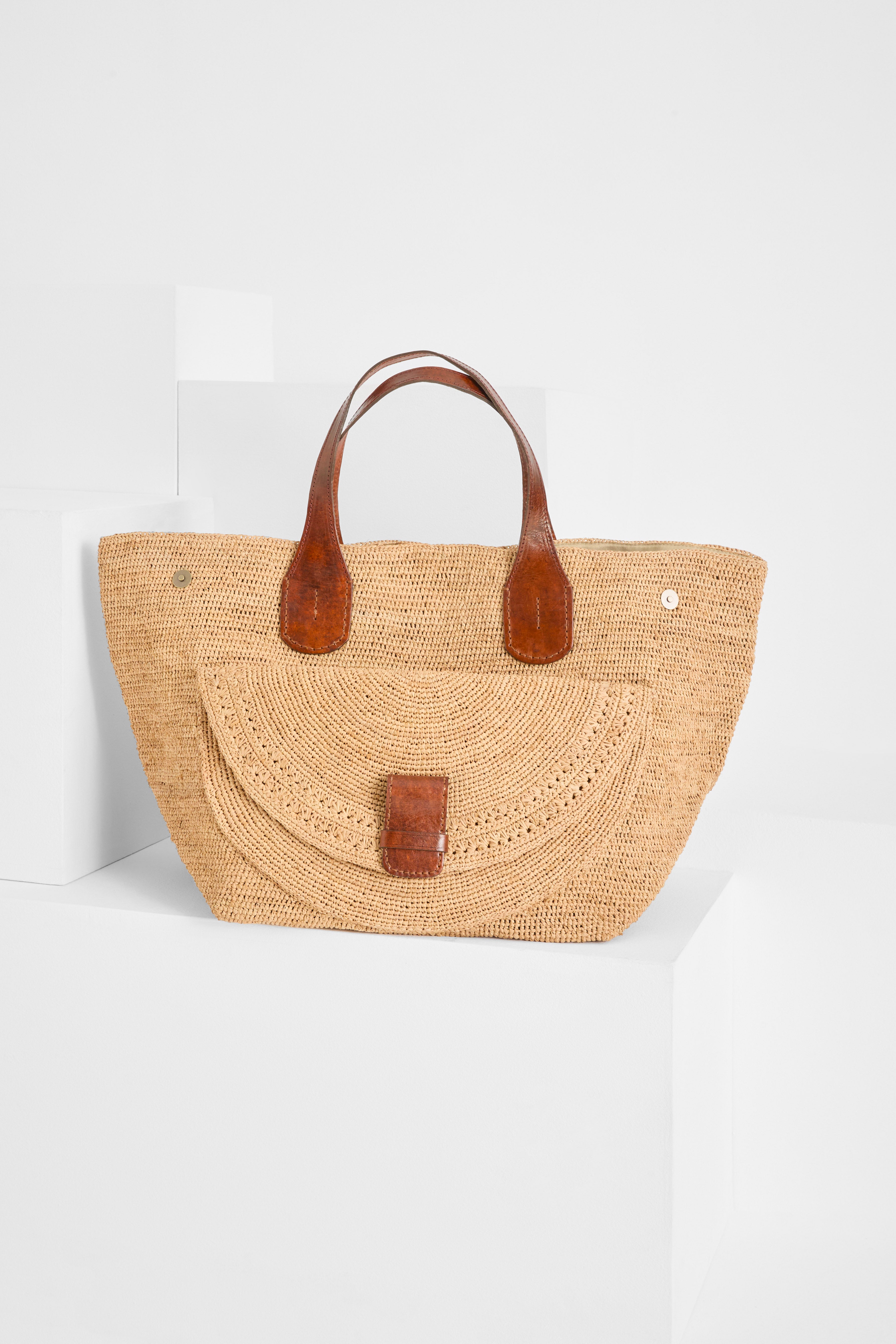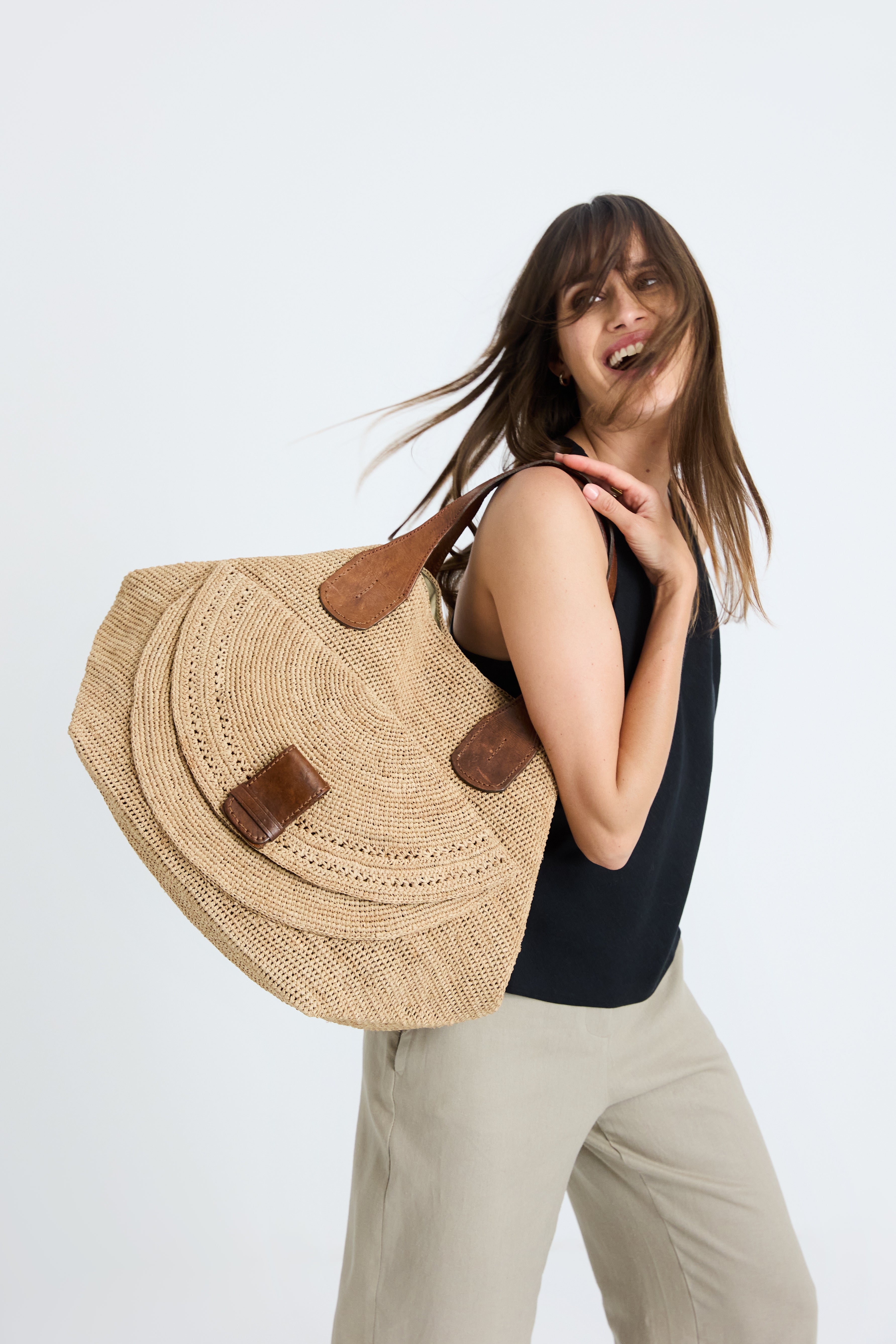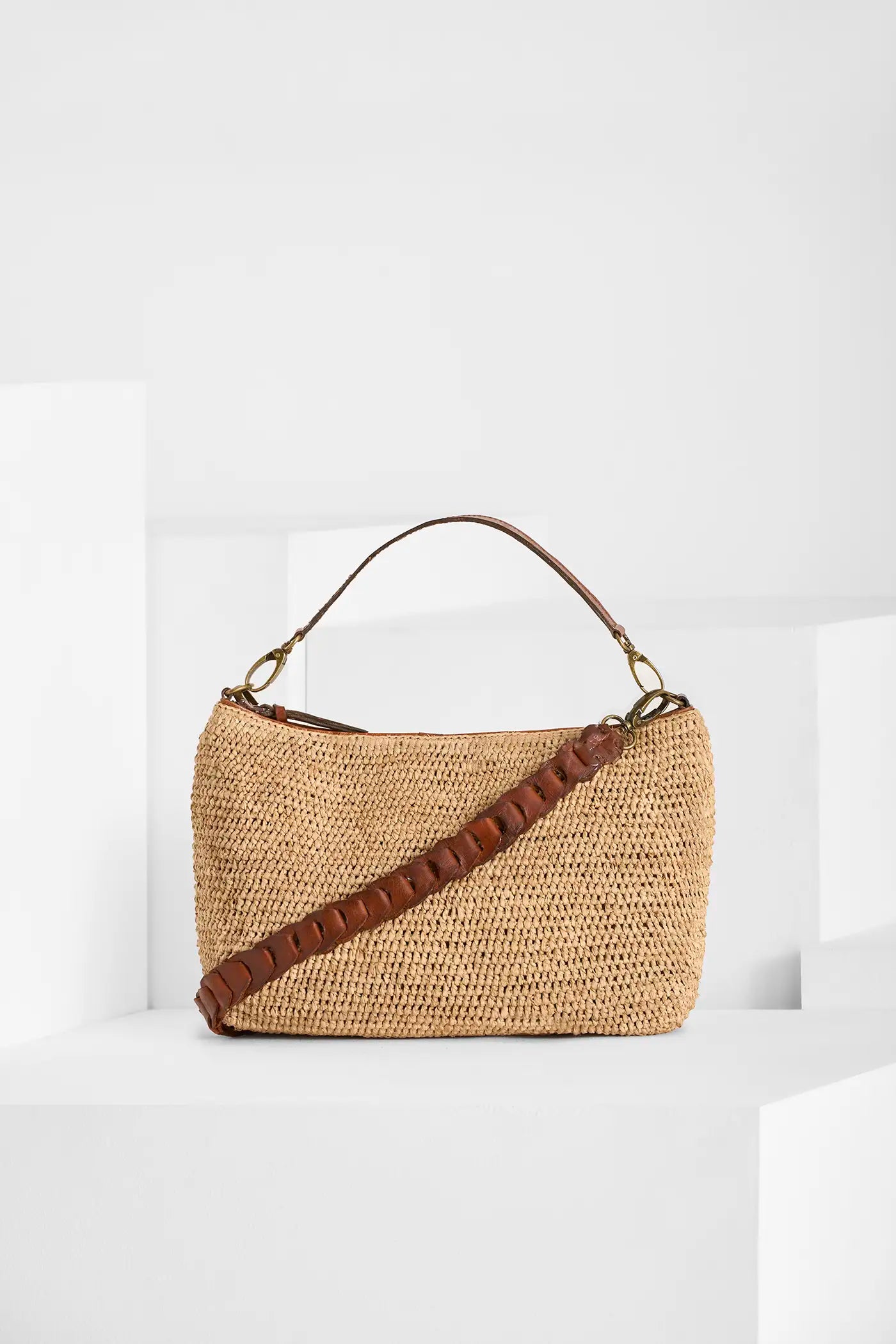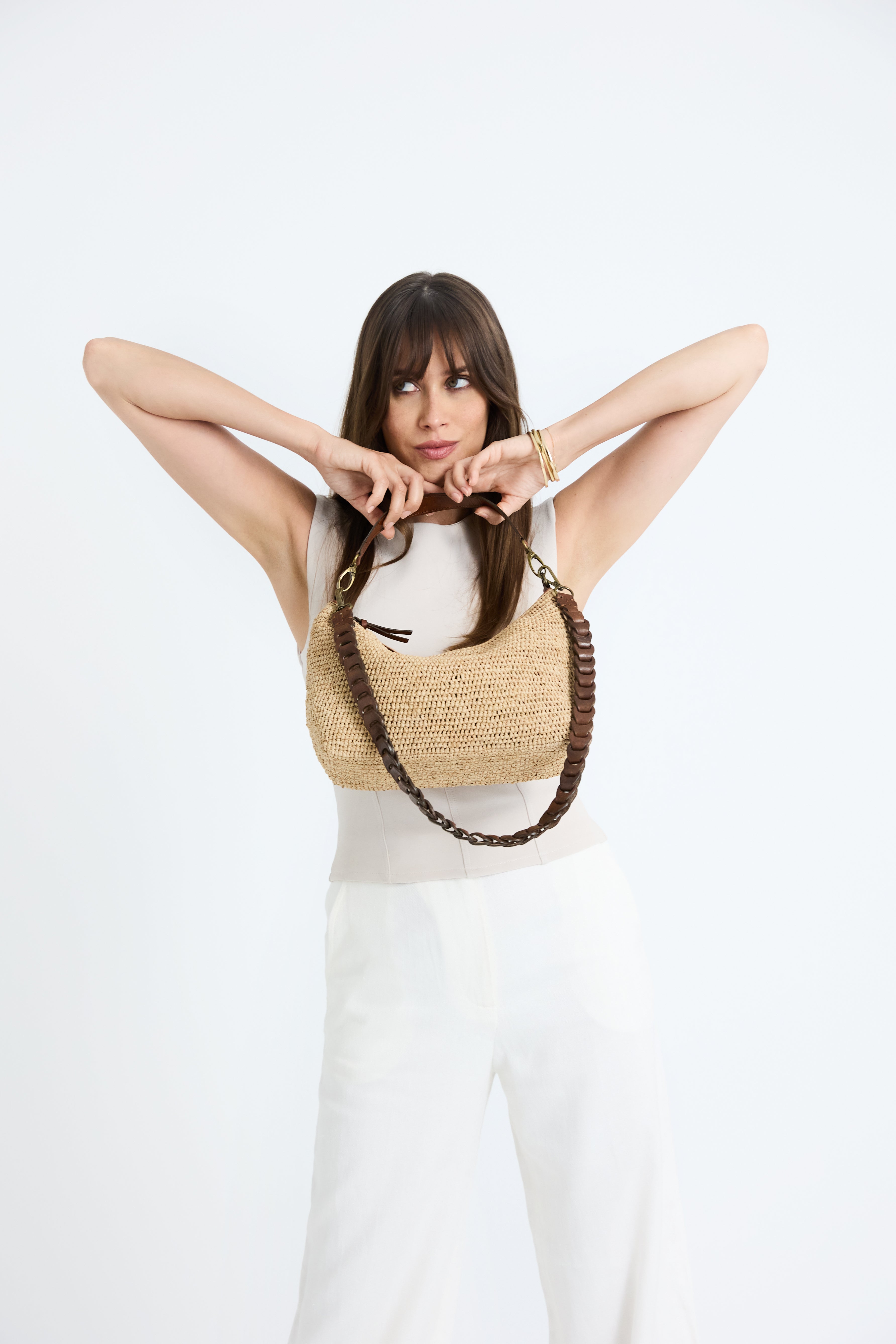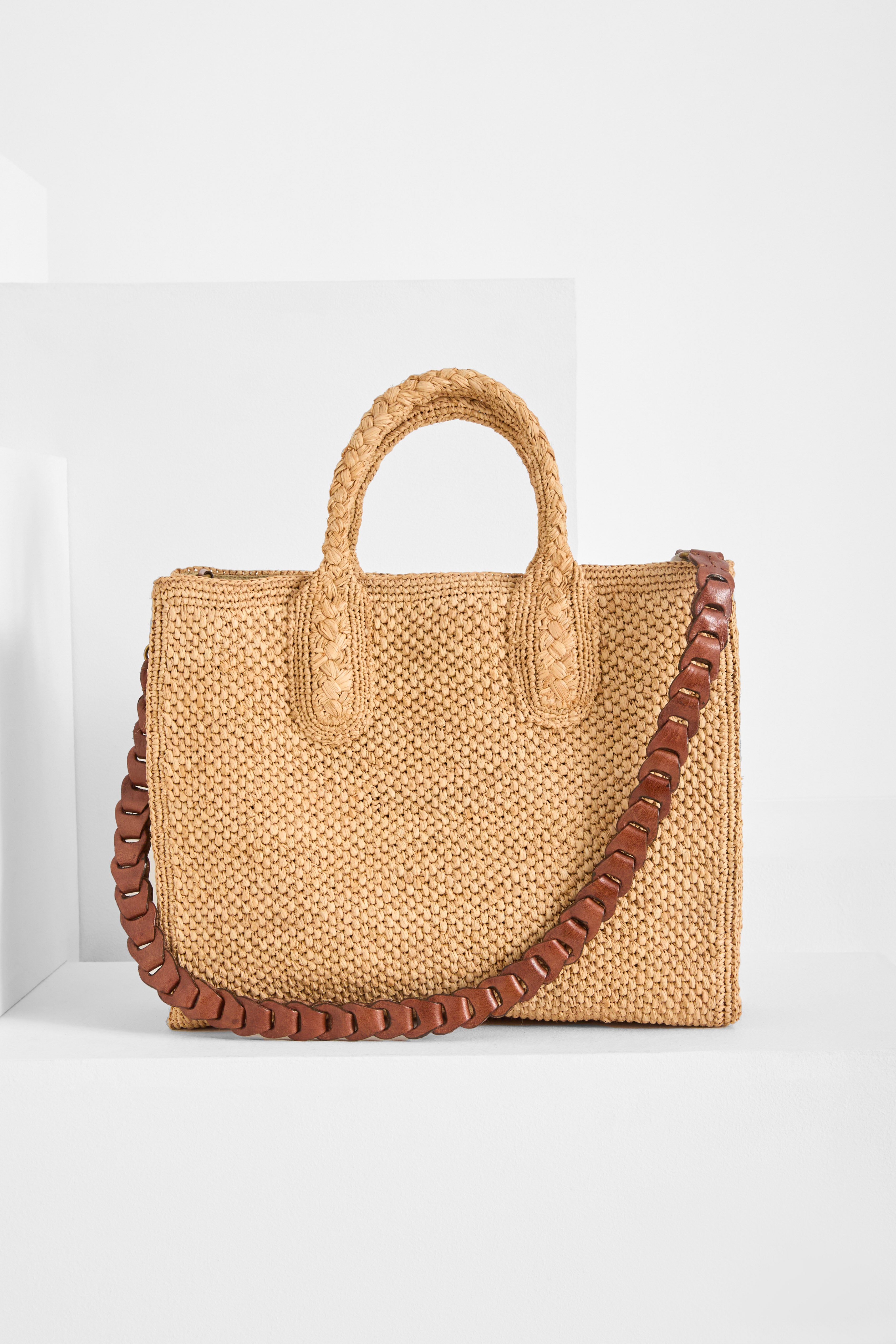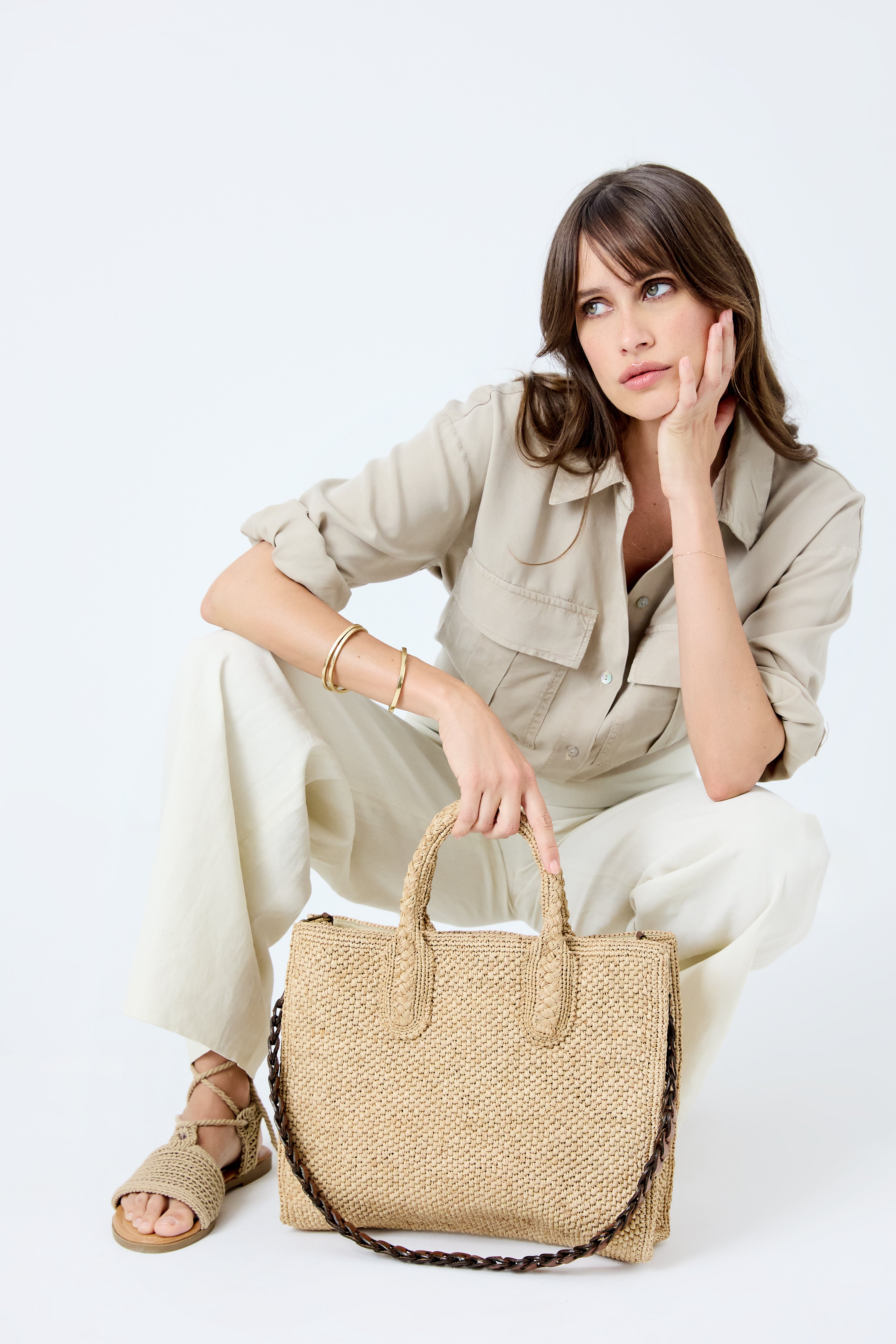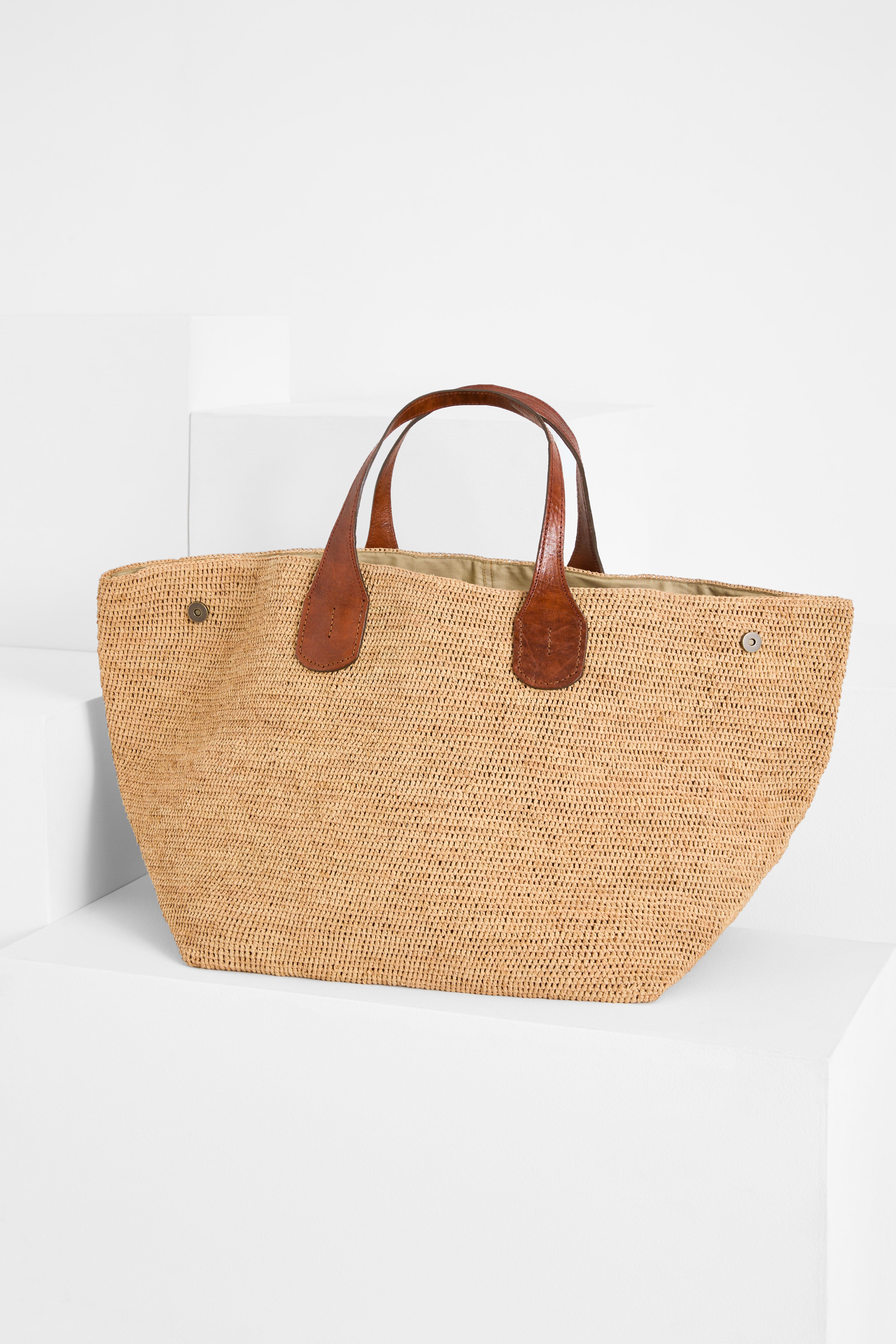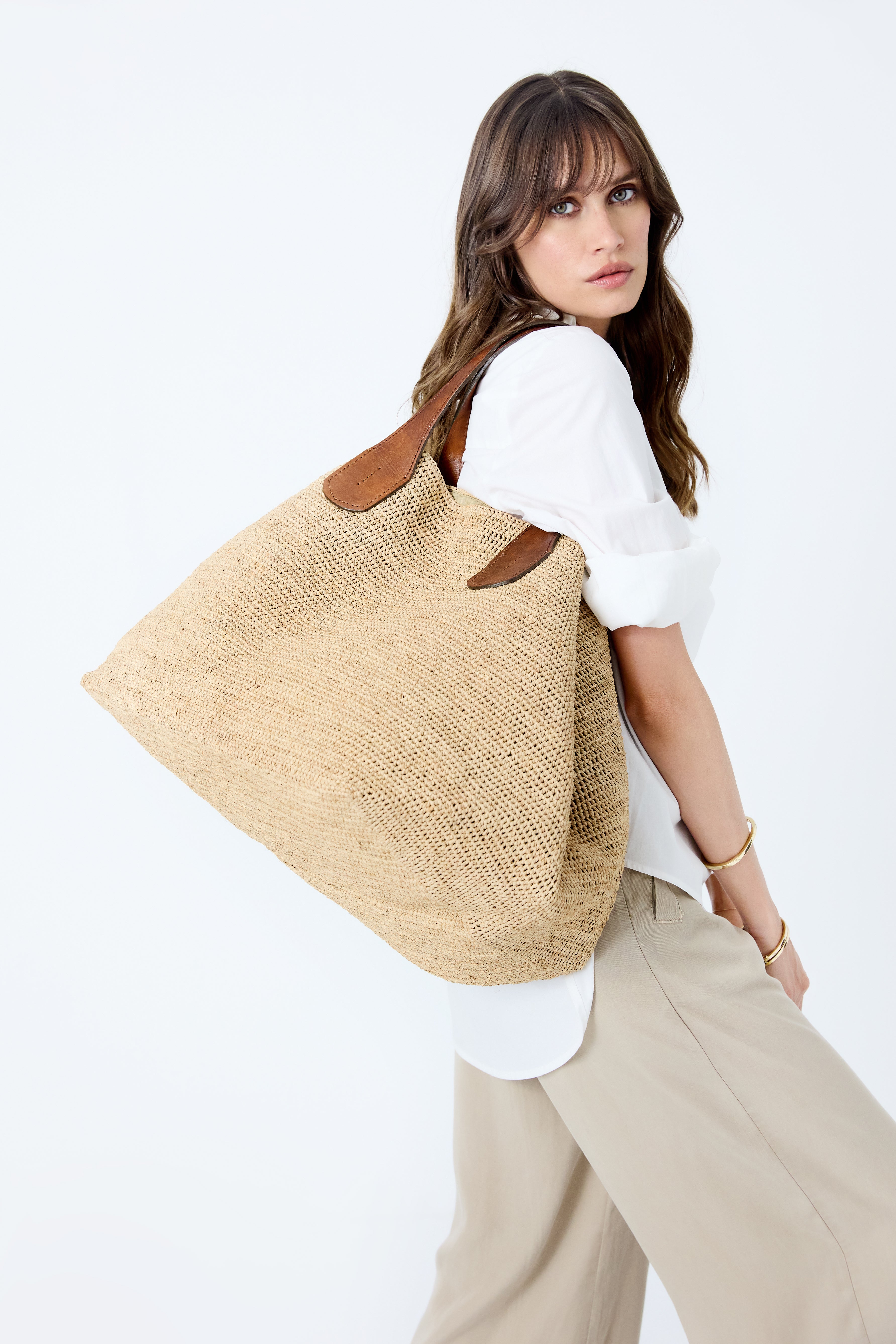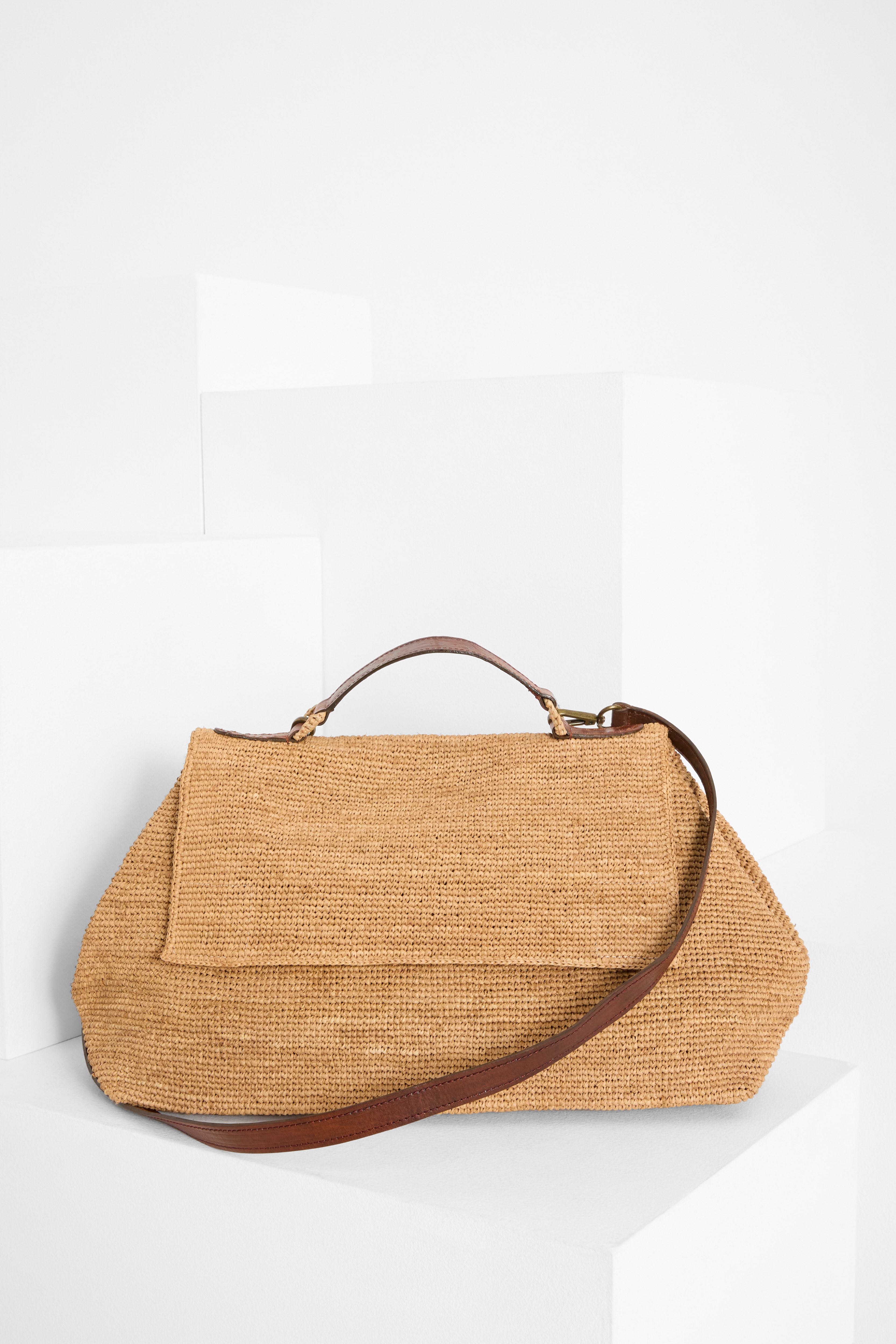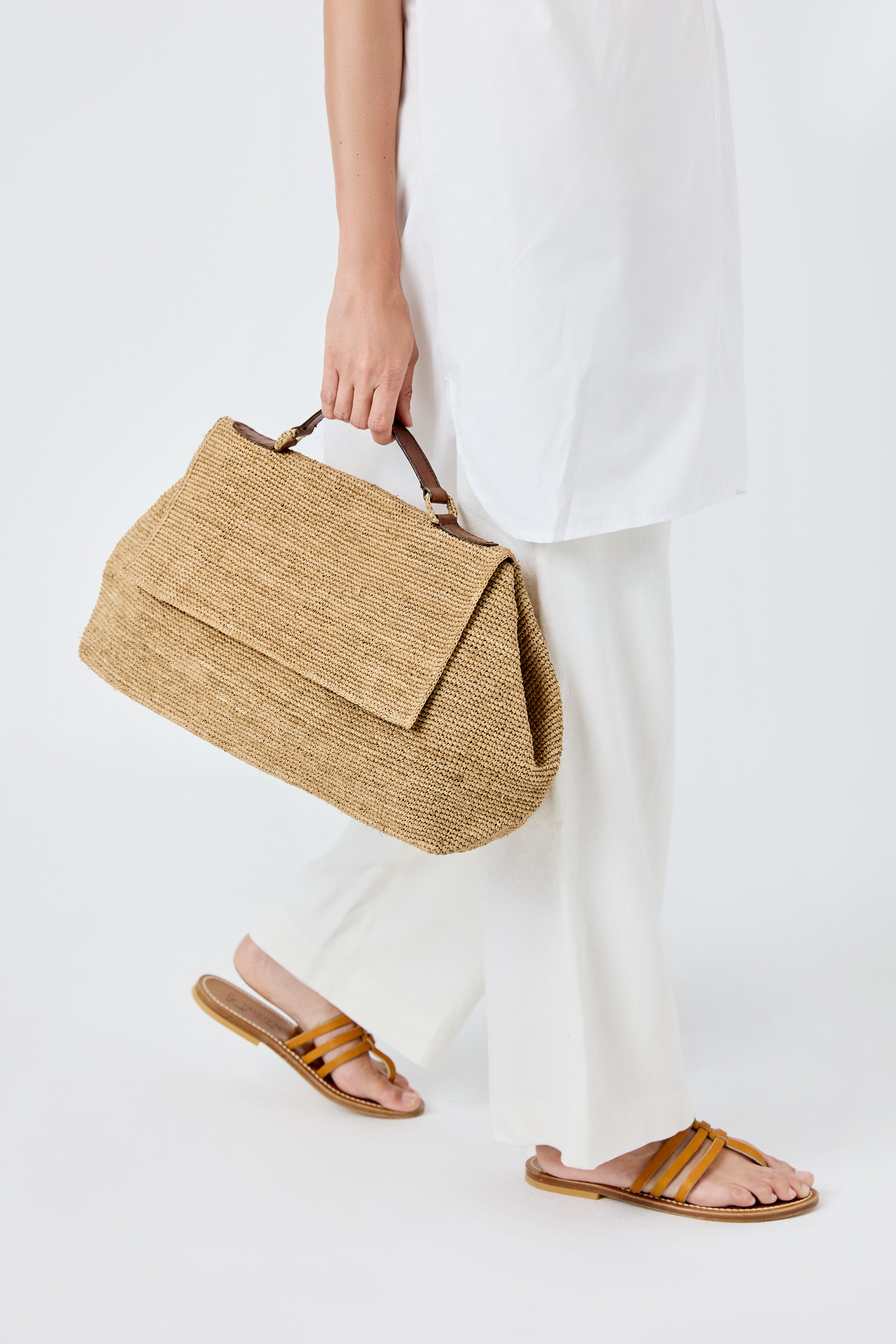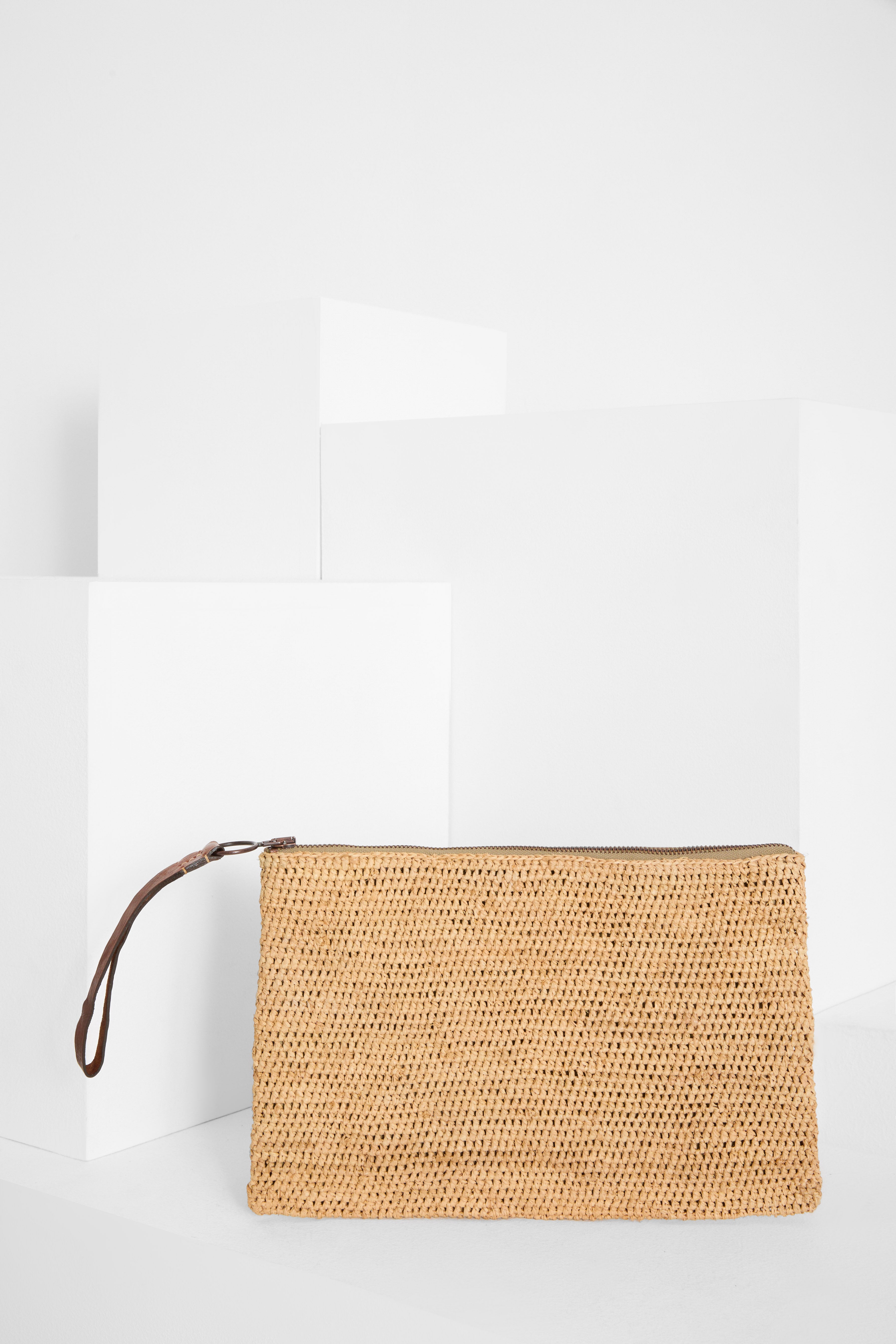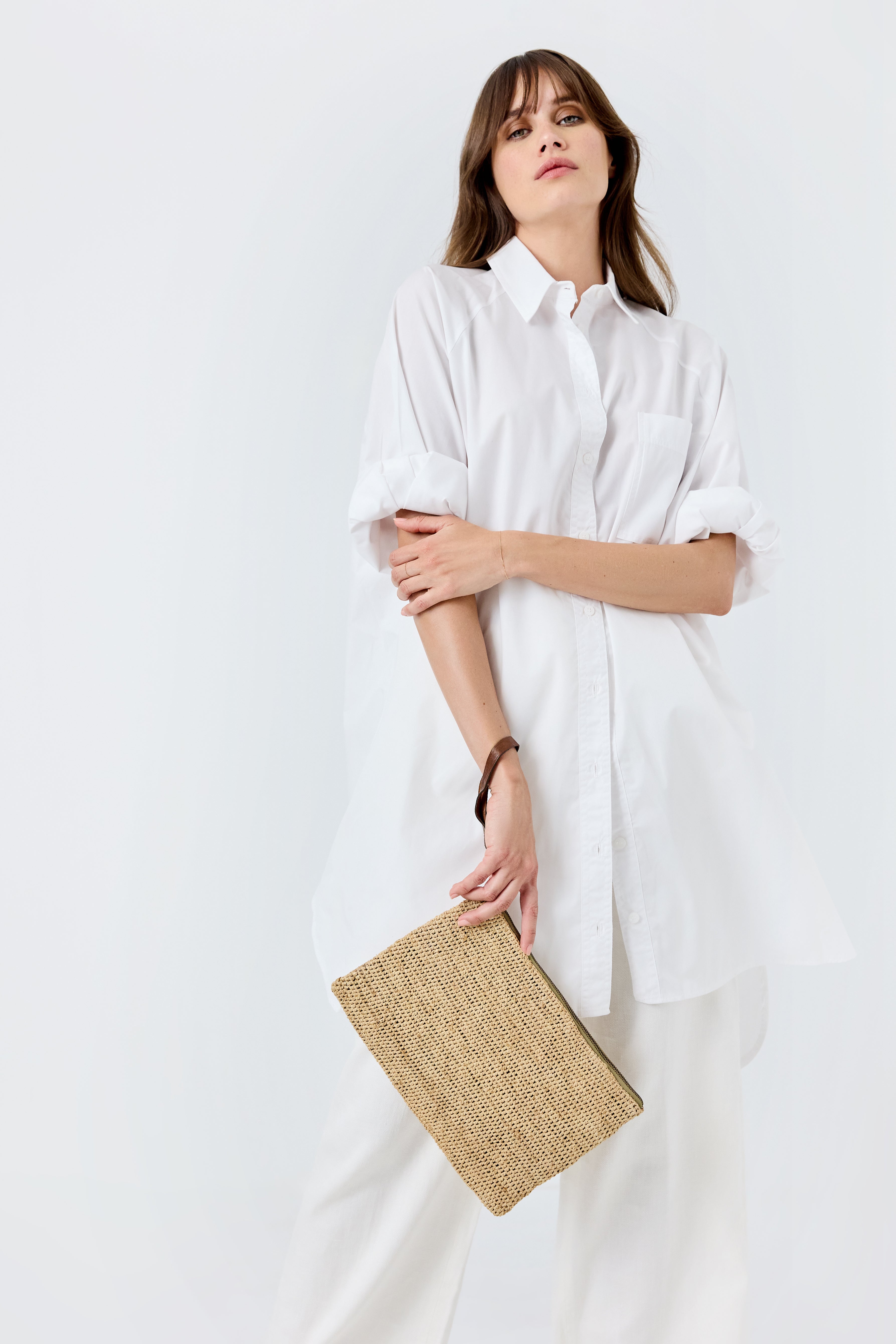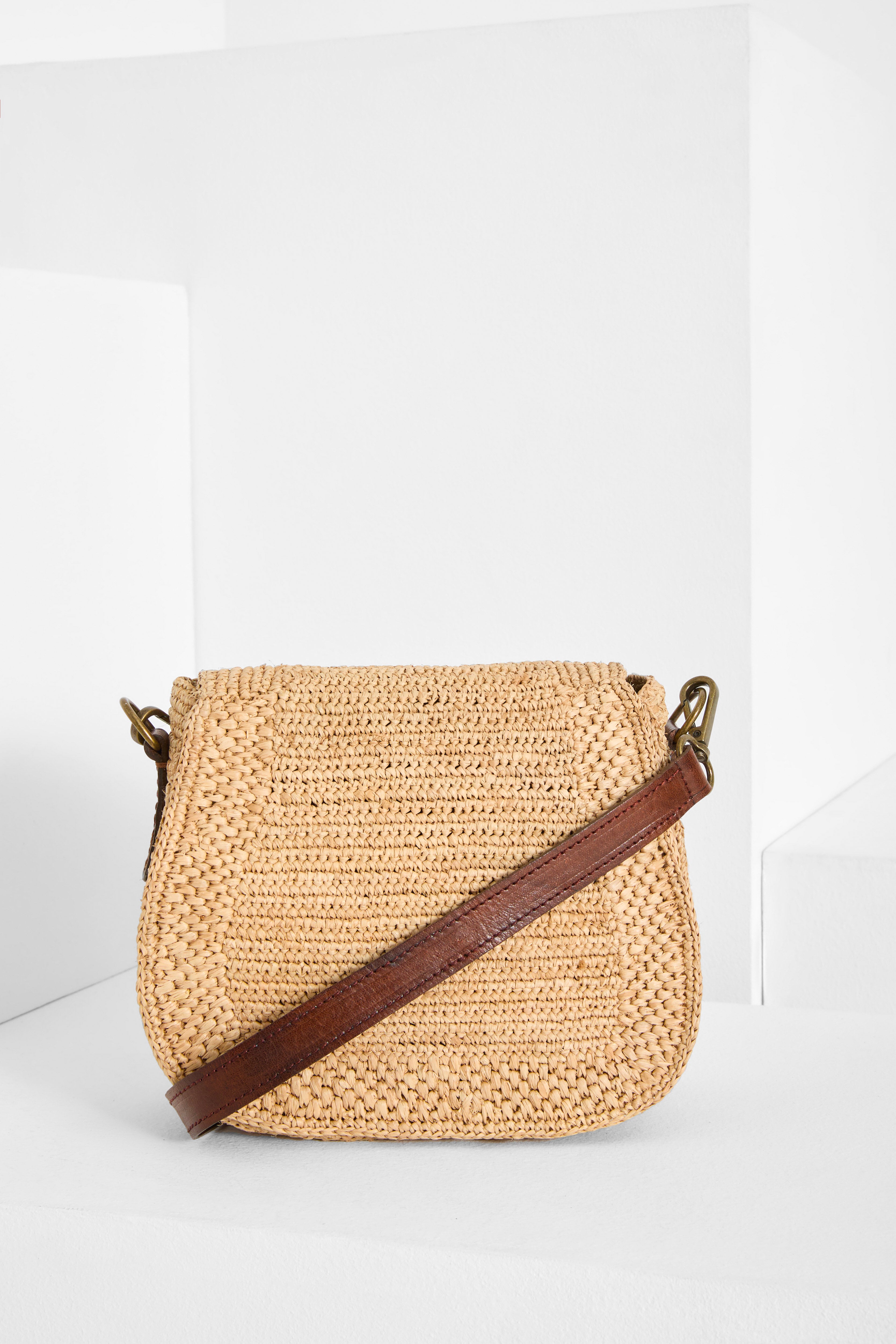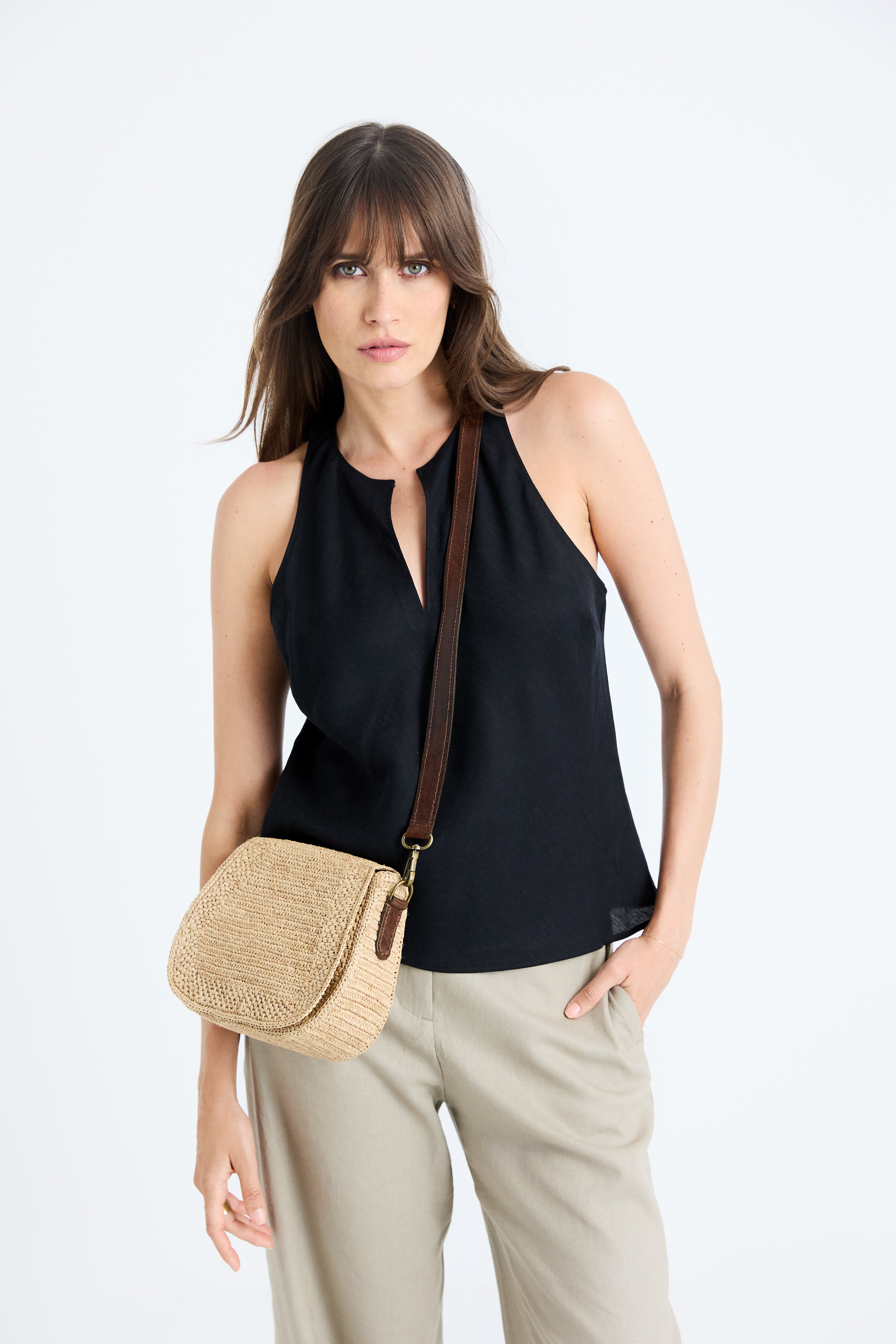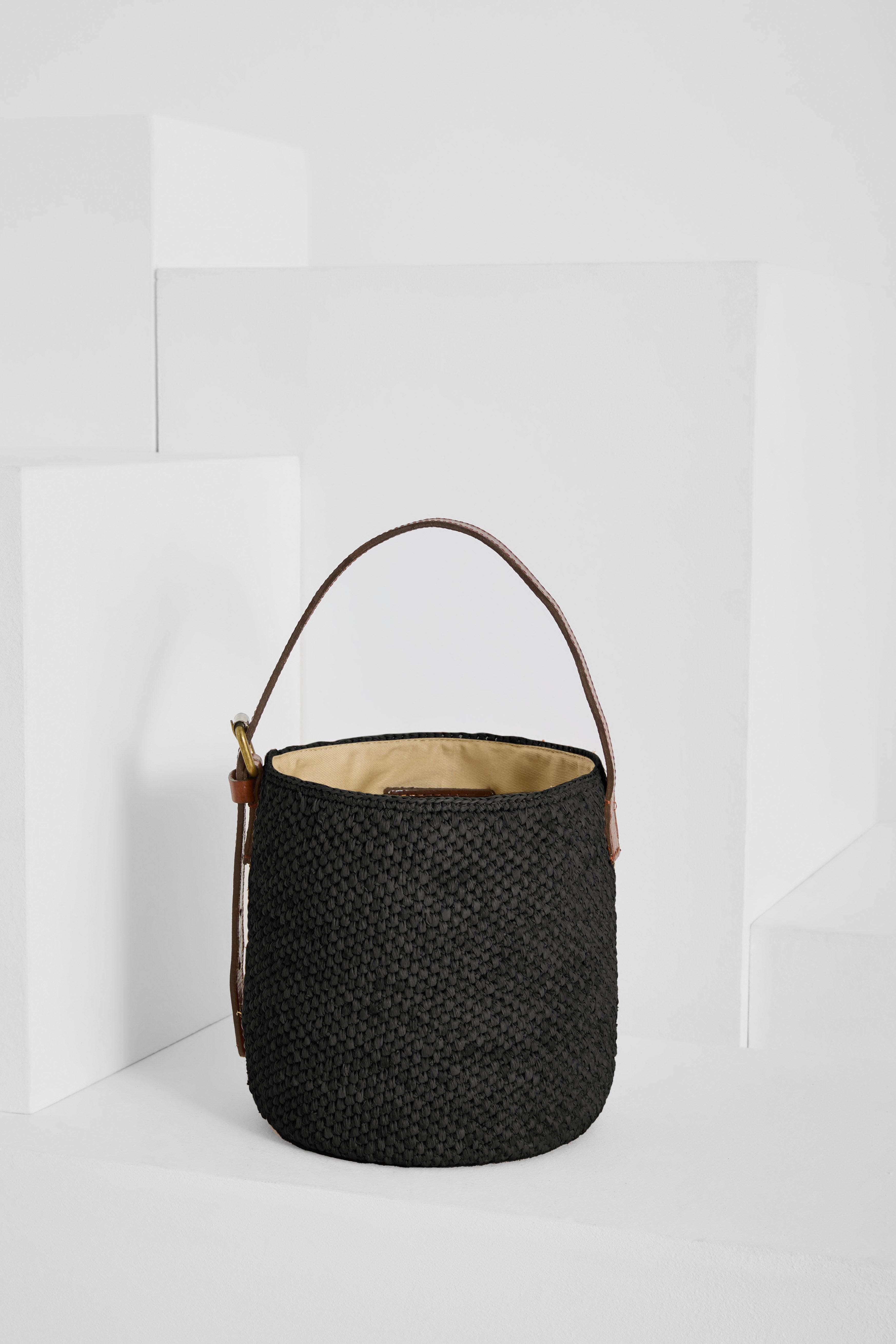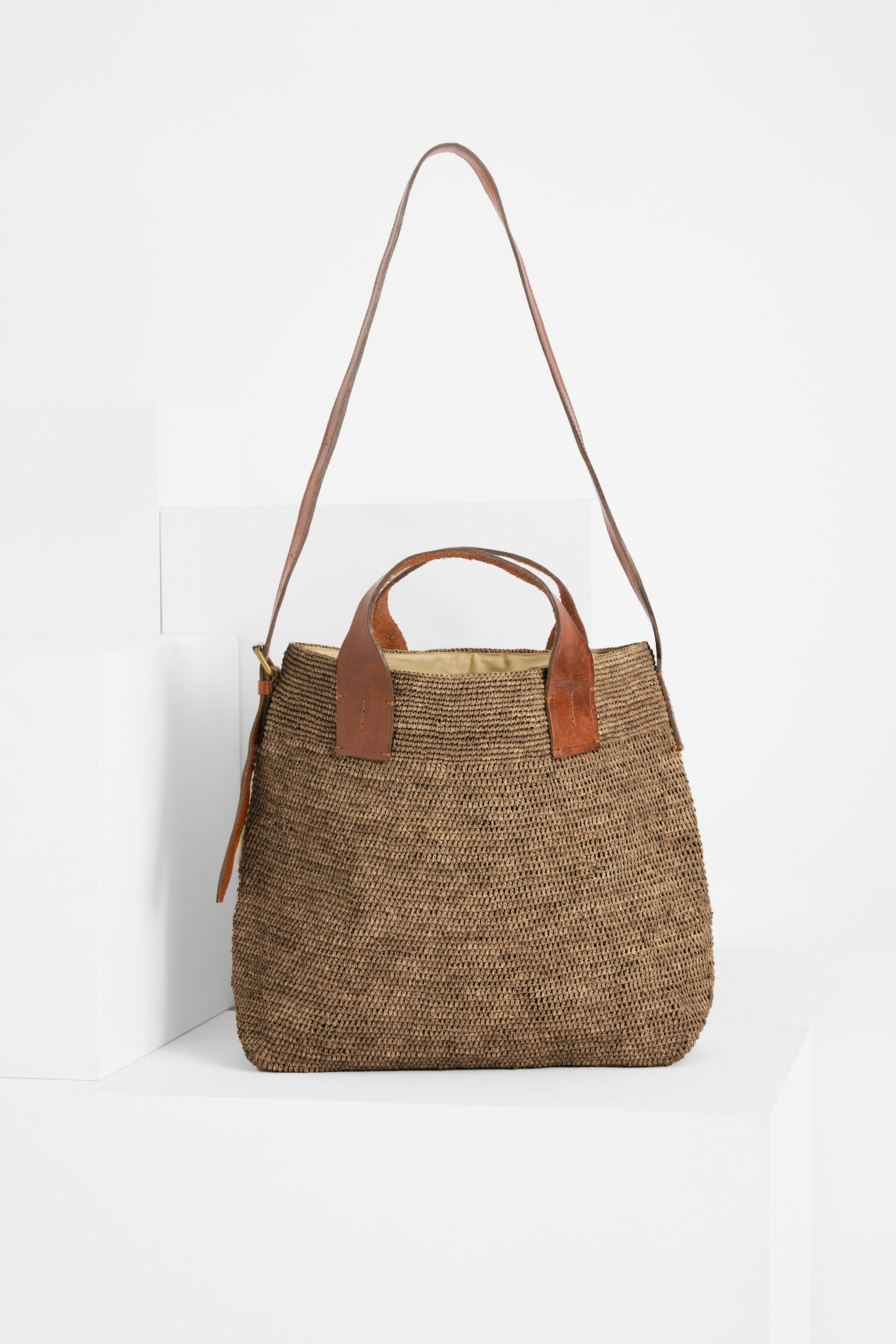@ibeliv_official
The steps and materials needed to make a RAFFIA bag: everything you need to know
While the DIY (Do It Yourself) trend has democratized in recent years, the creation of certain fashion accessories is still reserved for talented craftsmen specialized in their field. Such is the case with RAFFIAs handmade creations. To bring you these top-of-the-range products, IBELIV relies on Madagascar's own artisanal know-how and the dexterity of the island's Malagasy craftswomen: stitch and crochet techniques that sublimate this natural material, which is as supple as it is strong. A constant quest for excellence that requires rigor and technique at every stage of the manufacturing process!
Today, we reveal the entire process. Follow the making of a RAFFIA IBELIV bag, step by step.
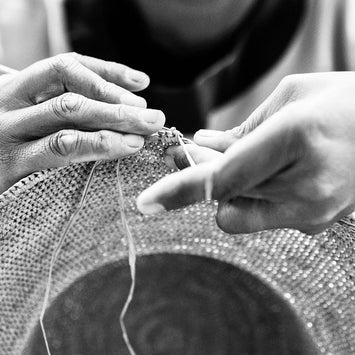
Materials and tools needed to make a RAFFIA bag
Unsurprisingly, the star material of our RAFFIA bags is ... RAFFIA ! But not just any RAFFIA: natural RAFFIA from Madagascar, a plant fiber with unrivalled qualities derived from the leaves of a species of palm endemic to the island. This palm needs a humid environment to grow properly and flourish. In this respect, Madagascar is the ideal place for RAFFIA. Its humidity, temperature, geology and soil composition make this island the ideal place to obtain robust, high-quality RAFFIA .
Our RAFFIA bags can also be made from other materials that we carefully select:
- Organic cotton: this material allows the addition of a lining to guarantee the safe transport of your personal belongings.
- Zebu leather: this vegetable-tanned material enhances various areas of the bag, depending on the model (handles, shoulder straps, reinforcements, etc.).
On the tool side, the RAFFIA is knitted by hand usinga hook that makes stitches and meshes easy to create.
Before the bag is made: RAFFIA fiber preparation
To obtain RAFFIA fiber, it has to be meticulously extracted from the palm's leaves. To carry out this step, IBELIV works with Madagascan collectors who harvest ethically, guaranteeing the sustainability of this precious resource.
Full of water, the RAFFIA fiber then requires a long drying period to obtain the robust material needed to make a handbag or shopping bag. Drying takes place in the open air, under optimum conditions, to prevent the yarn from becoming twisted and lacking flexibility. The result is a supple, cream-colored fiber: the ideal material for top-of-the-range creations.
RAFFIA fibers can also be dyed with natural colorants to create a wide range of shades, from natural cream to more daring tones. At IBELIV, our bags are available in a vibrant range of colors: beige, brown, black, orange, fuchsia, blue, khaki, anise green and gray.
Bag-making: RAFFIA braiding and crocheting techniques
Once the RAFFIA fiber has been dyed and dried, it's ready to pass through the hands of craftswomen who have mastered the stitches and crochet stitches to create all types of bags: handbags, tote bags, shoulder bags, Clutch, and more. The skills associated with RAFFIA braiding and crocheting are unique. RAFFIA fibers are interwoven in specific patterns, such as checkerboard crocheting.
The same bag can incorporate different techniques. One example is the hand-crocheted COCKTAIL bag, with fringed sides and braided handles. Another example: the MEVA bag combines different RAFFIA knits: the openwork knit on the top works alongside the tight knit on the base of the bag; the RAFFIA tassels add an extra touch of style to the whole.
Good to know: to prevent these ancestral techniques from disappearing as palm forests are gradually replaced by rice paddies, IBELIV is promoting the RAFFIA sector by training Madagascan women in the art of crochet and offering them stable employment. This commitment also addresses environmental issues, as RAFFIA is known to promote soil stability. Promoting this Madagascan craft around the world is therefore far from an insignificant objective!
To finalize the manufacture of the RAFFIA bag: the addition of lining, fastening or carrying elements.
It's necessary to add extra elements to each bag to optimize its use and make it easier to carry on a daily basis, but also to enhance the beauty of the final product. For example, the discreet zebu leather reinforcement on the sides of the TOTEMAN totebag enhances the contours of the bag while structuring the whole to provide ideal storage space for your belongings. As for the cotton lining, it not only forms a smooth, soft cocoon for your belongings without damaging them, but also integrates one or more practical interior pockets for storing small personal effects.
When it comes to carrying, many of our creations feature multiple functions to guarantee total freedom of use. This is particularly true of the trapeze bag, which comes with two removable shoulder straps: a short handle for carrying the bag on the wrist, and a long handle for carrying it on the shoulder.
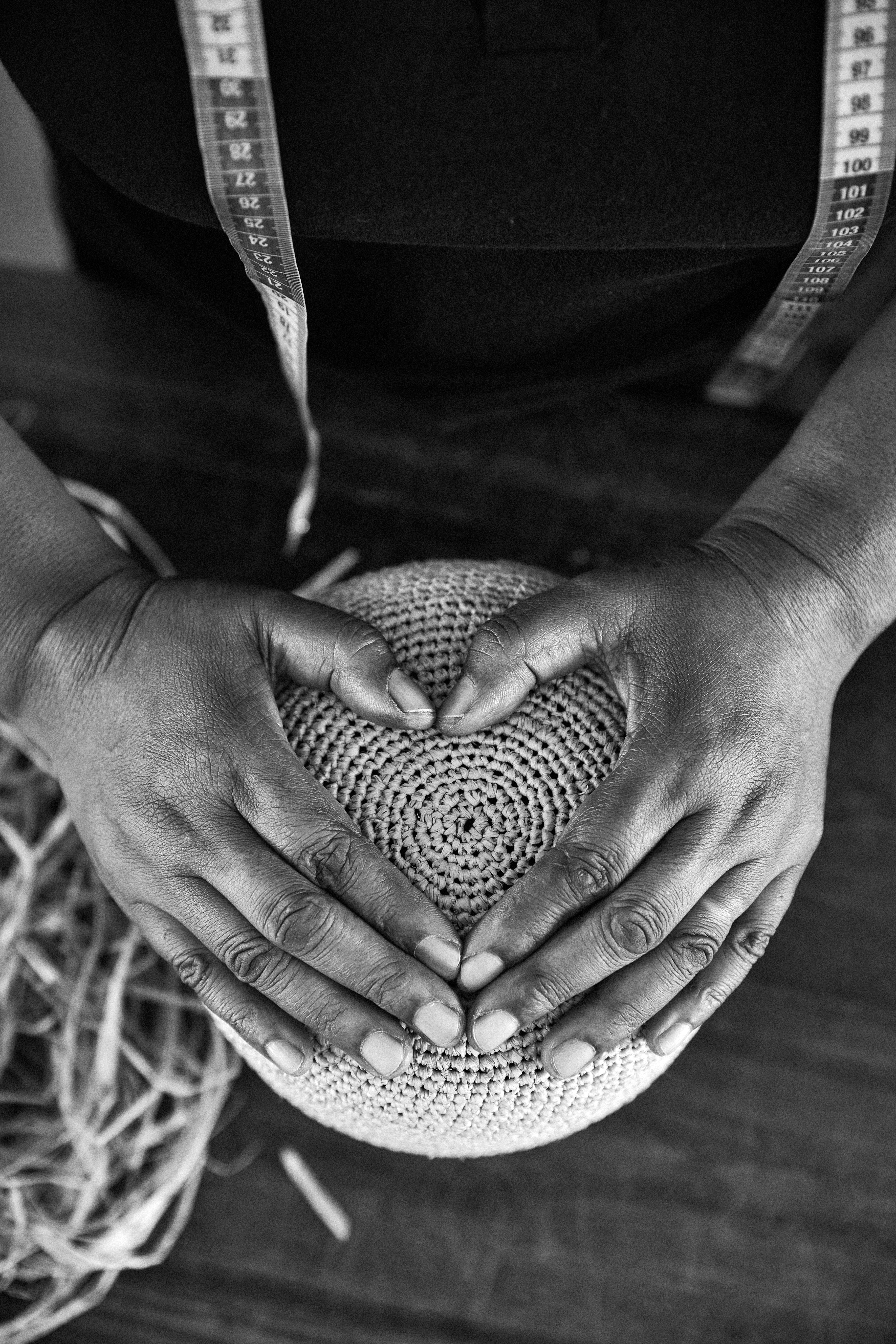
After the RAFFIA bag is made: care and durability
RAFFIA IBELIV crochet bags combine fashion and ethics without compromising comfort or style. Our secret? High-quality natural materials that are both robust and easy to clean.
A fast-growing renewable resource, RAFFIA from Madagascar also has the advantage of being a robust and durable material. Indeed, bags made from this natural fiber are easy to care for and particularly resistant to the passage of time. If you're looking foreco-friendly fashion accessories that are built to last, these are the products to include in your wardrobe.
And the vegetable-tanned leather used on some of our models? The tanning process transforms animal skins into rot-proof leather. Vegetable tanning enriches the leather, making it firmer and more robust. And, as with natural RAFFIA , leather is easy to clean. A soft cloth and clean water are all you need to care for it. And when stains remain, we'll share our cleaning tips with you to quickly restore your RAFFIA bags and Clutches to their original condition.
How to clean a RAFFIA bag? Take a look at our blog and learn from the experts at our specialist brand of RAFFIA bags, Clutches and hats.


